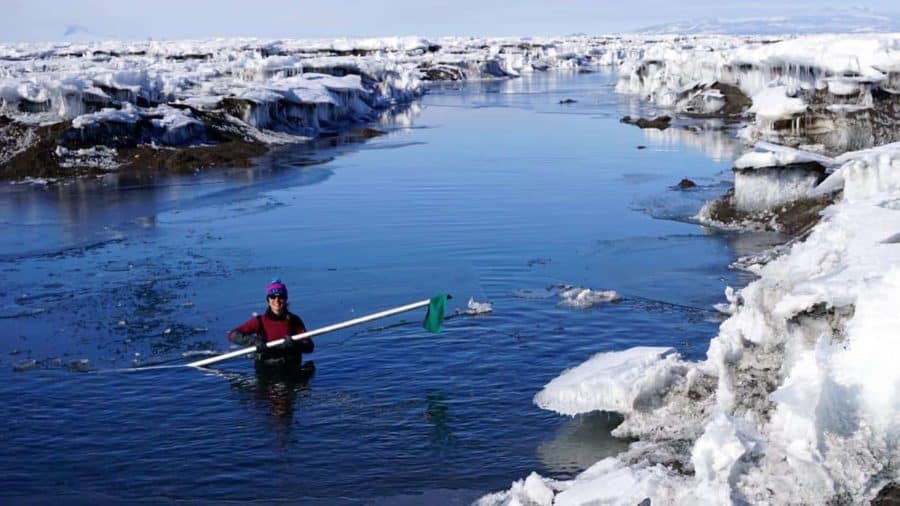It’s thought that the flexing of ice shelves could potentially impact other vulnerable ice shelves, causing them to break up, quickening the discharge of ice into the ocean and contributing to global sea level rise.
“Scientists have been predicting and modeling this process for some time, but nobody has ever collected field data that showed it happening until now,” said Alison Banwell, a postdoctoral visiting fellow at CIRES and lead author of a new study published Feb. 13 in Nature Communications.
If our reporting has informed or inspired you, please consider making a donation. Every contribution, no matter the size, empowers us to continue delivering accurate, engaging, and trustworthy science and medical news. Independent journalism requires time, effort, and resources—your support ensures we can keep uncovering the stories that matter most to you.
Join us in making knowledge accessible and impactful. Thank you for standing with us!

